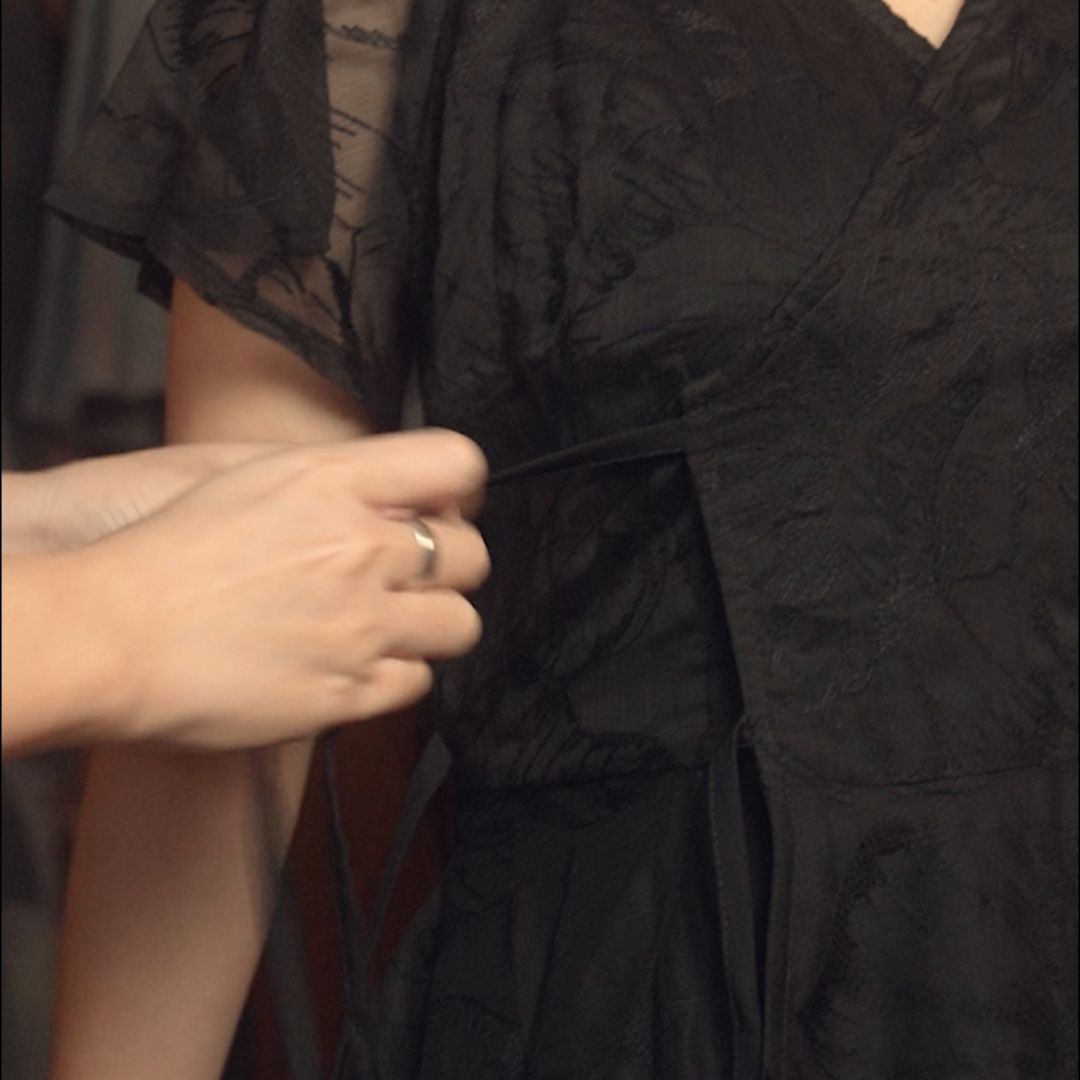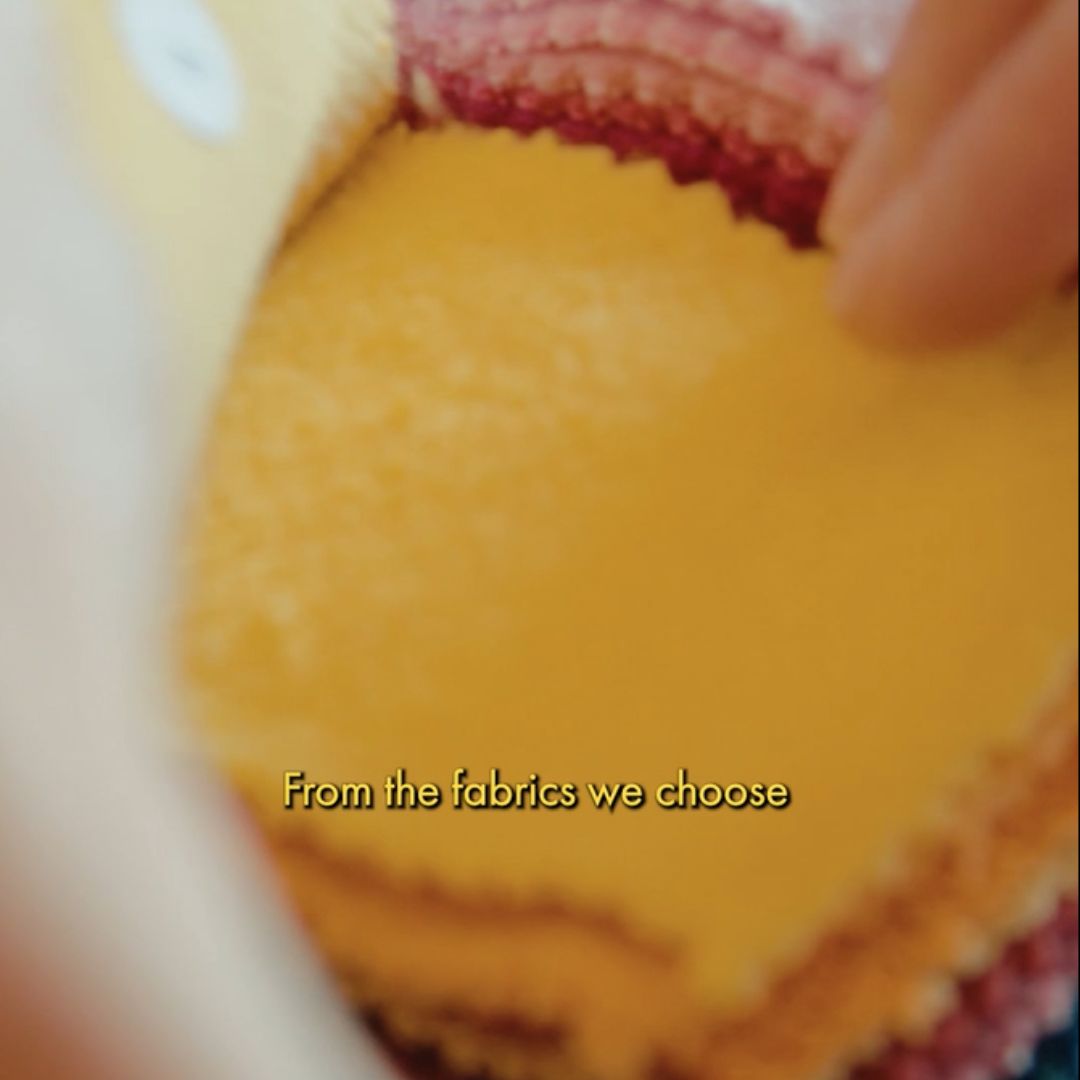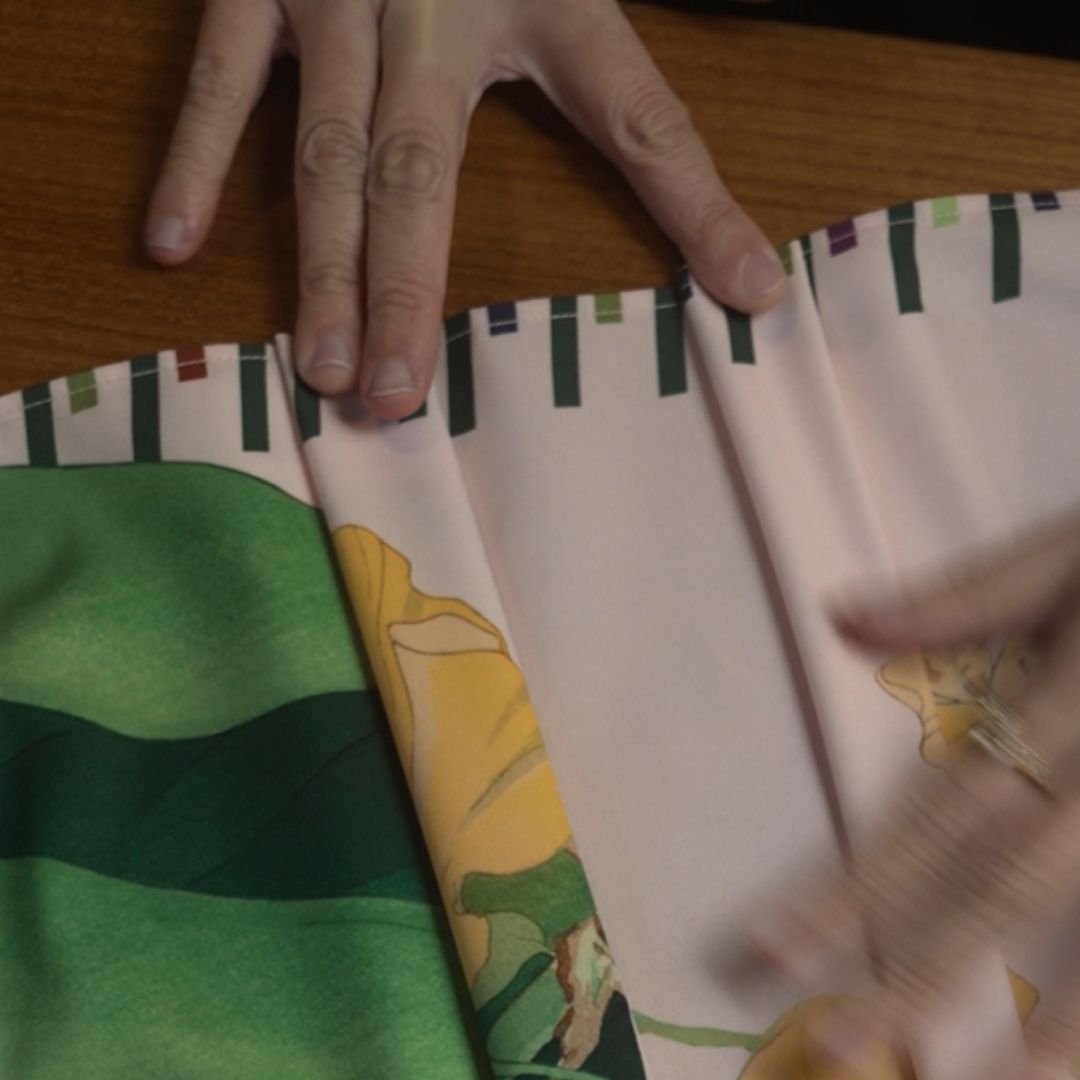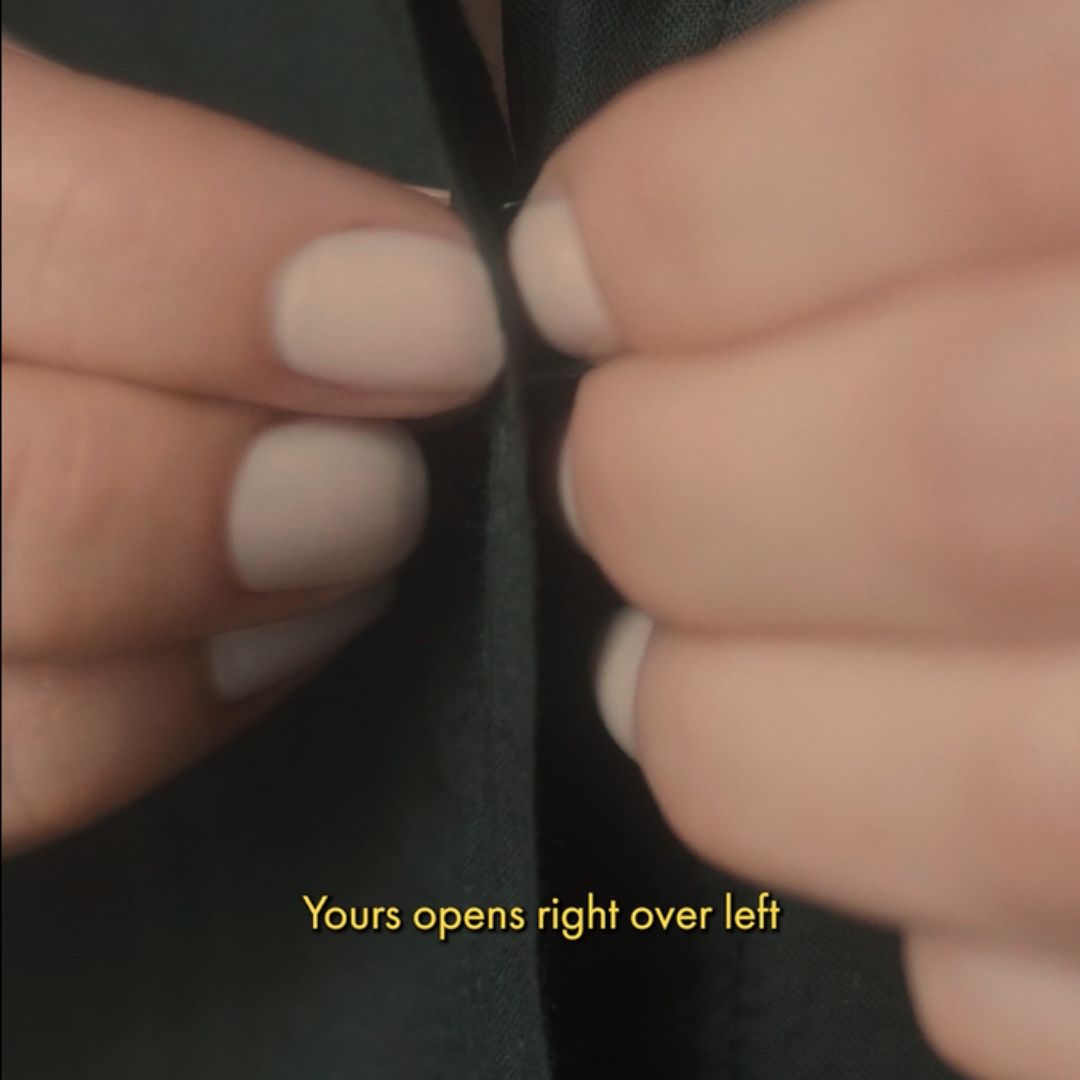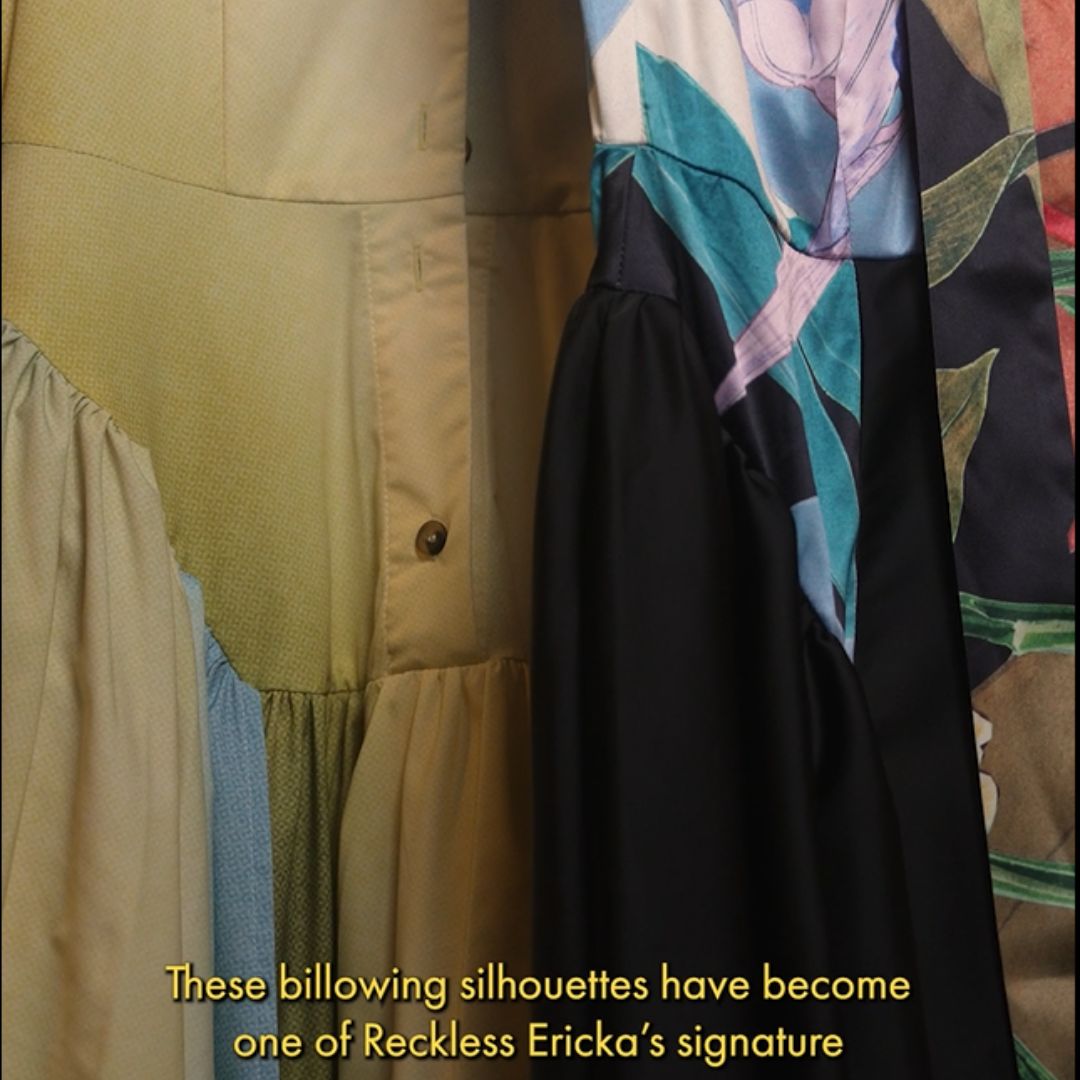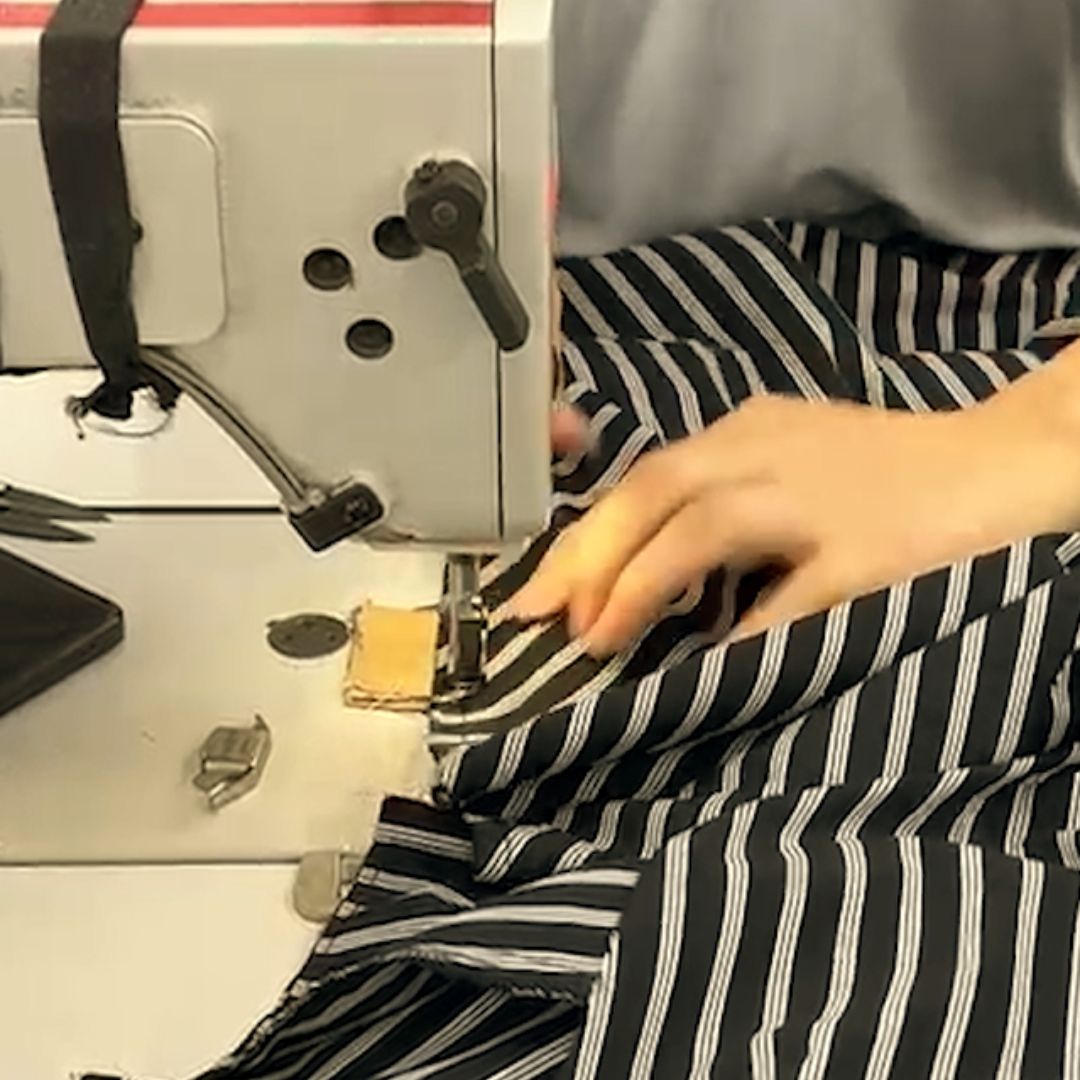/The Reckless Conversations/
EPISODE 2
THE WRAP DRESS
About 15 years ago, we designed one of our first wrap dresses.
We wrapped it right over left.
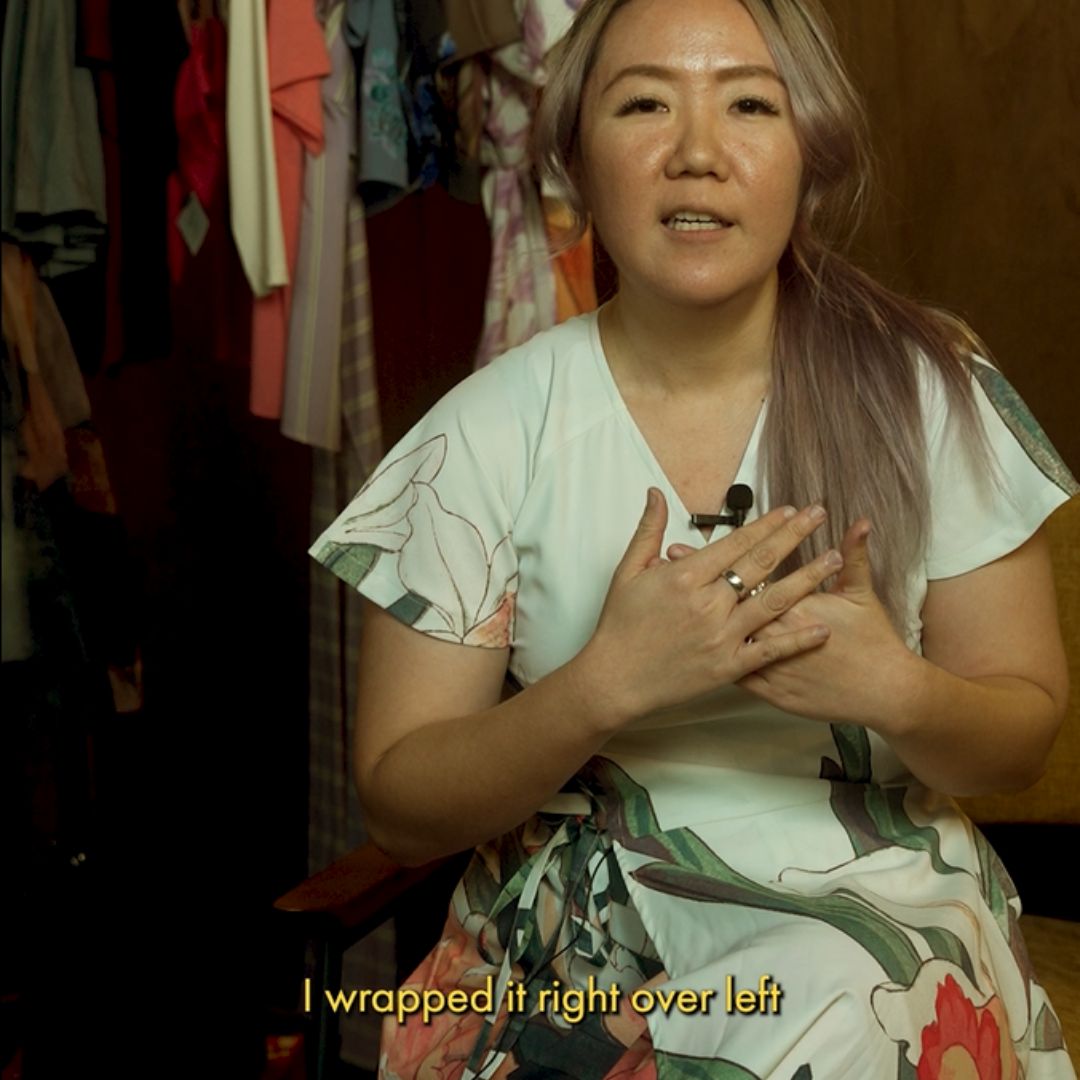
A Japanese customer gently told us — that’s how garments are wrapped for the deceased. But because it wasn’t a kimono, just a wrap dress, she still bought it.
Her words stayed with us.
From then on, we began designing more mindfully.
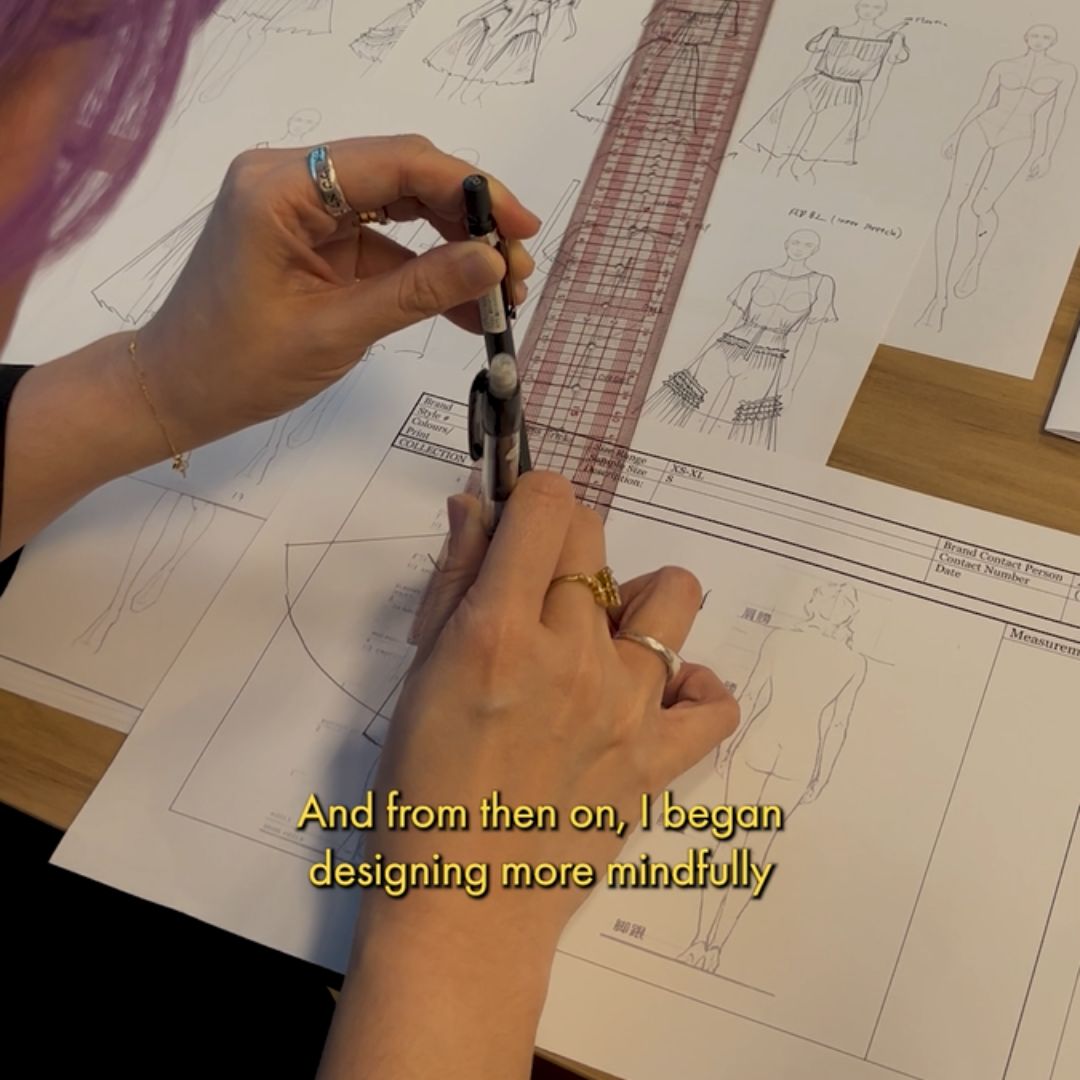
In East Asia, the direction of a wrap is never random.
CHINA
Ttraditional hanfu wraps left over right—called zuoren. Right over left (youren) was tied to funerary wear or seen as improper and barbaric.
It became a cultural standard.
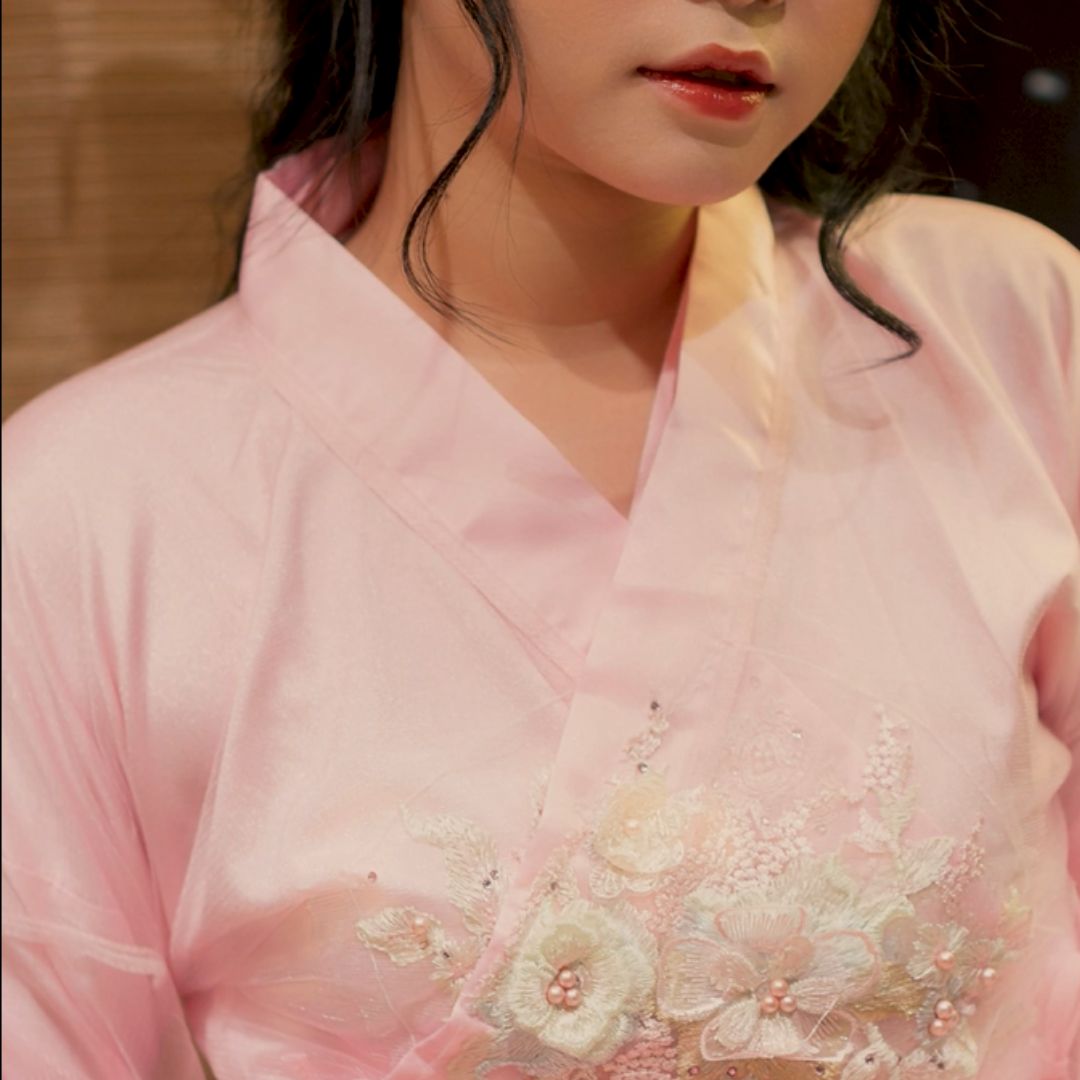
Korea
The hanbok followed the same rule.
As early as the 6th century, closing the jacket left over right became standardized in everyday wear. Historical records confirm that right-over-left was unacceptable outside funerary rites.
This wasn’t just symbolic—it signaled social order and respect, a code passed down through dynasties.
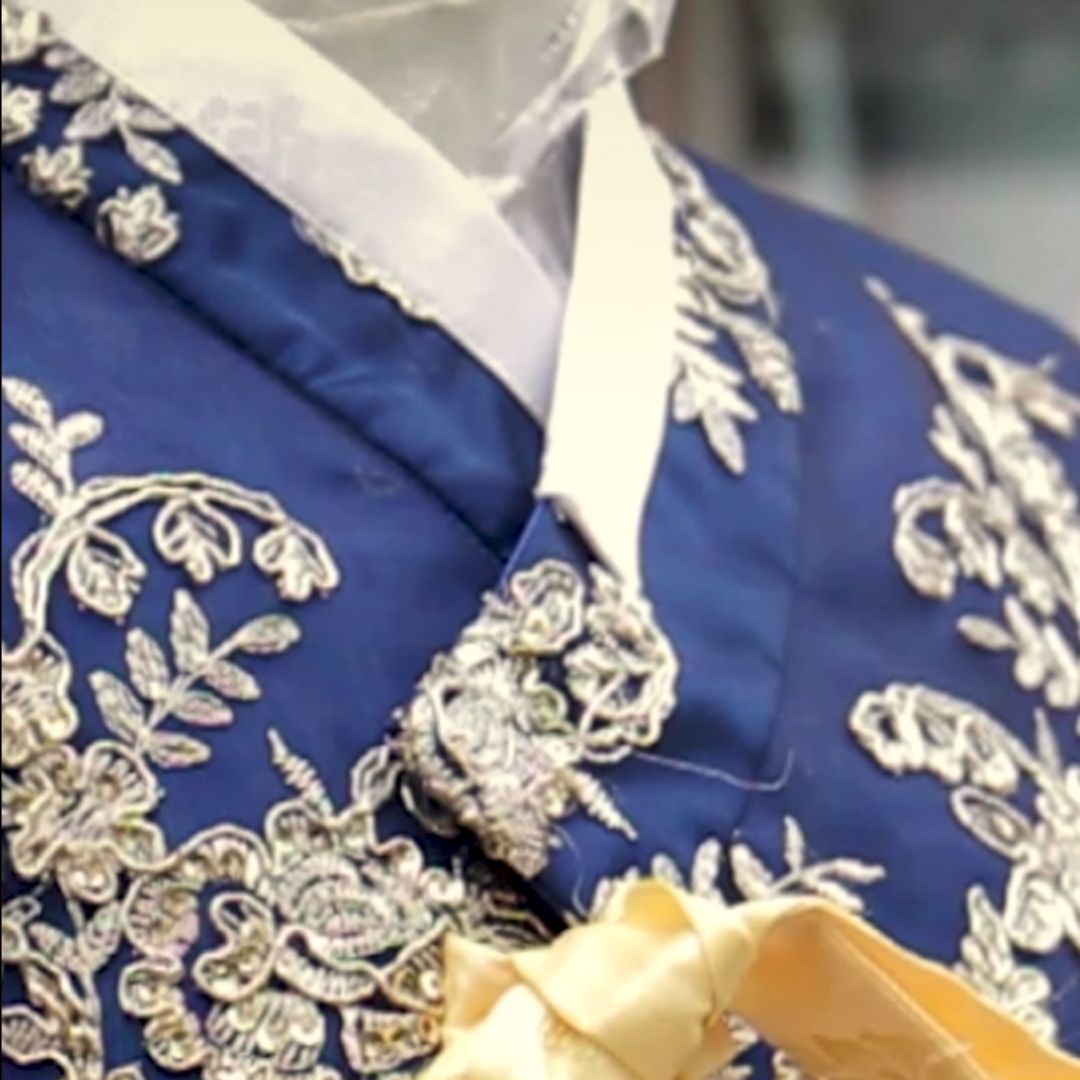
Japan
Kimonos and yukata are always wrapped left over right. Right over left is exclusively used for the deceased.
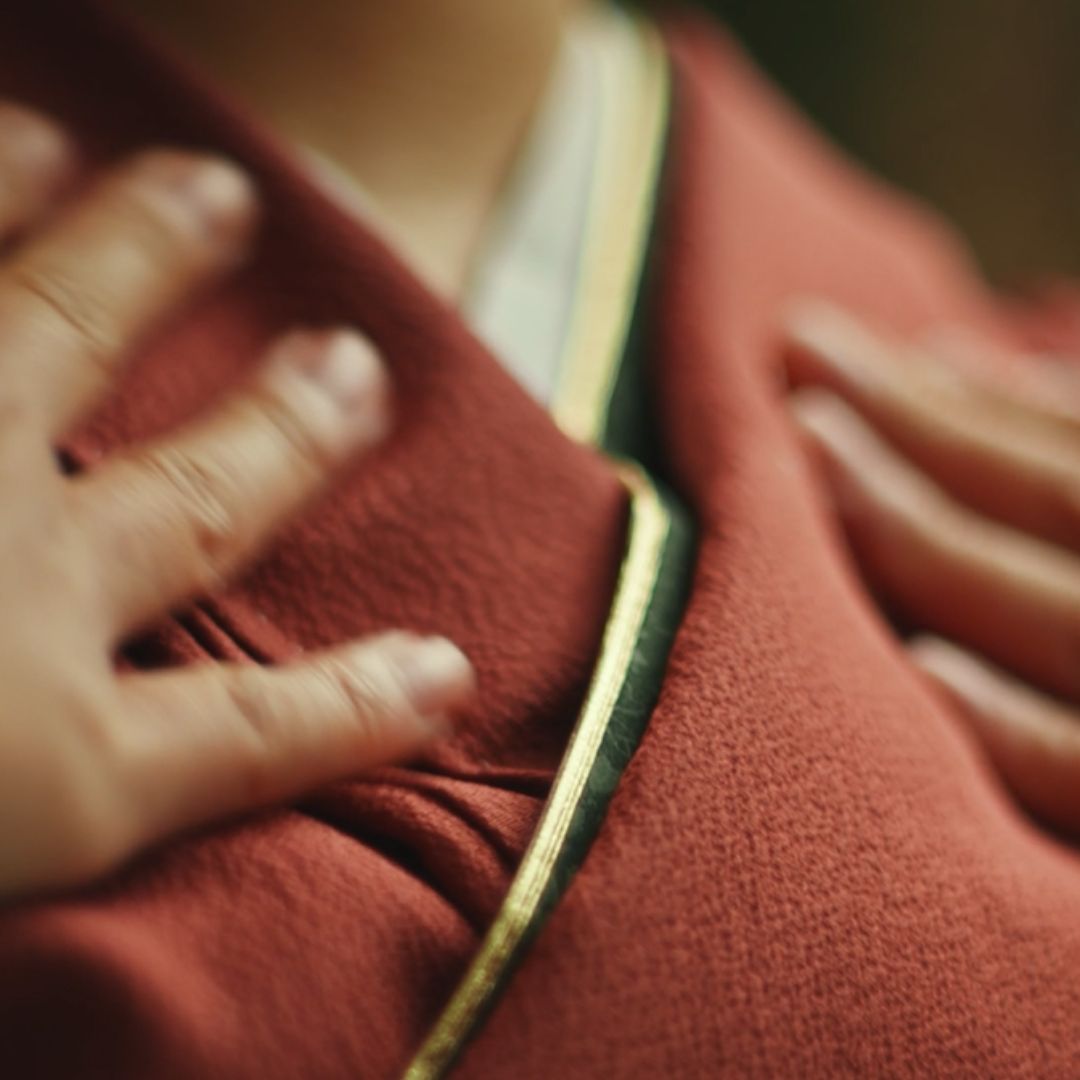
There was also practicality behind the choice.
Ancient garments lacked pockets. Wrapping left over right gave right-handed wearers easy access to store small items—like seals or notes—in the upper fold.
So left-over-right became the standard—not just a cultural marker, but a practical one too.

That moment with our customer shaped the way we design.
Today, every Reckless Ericka wrap dress is cut left over right—purposefully.
Because the wrap dress isn’t just flattering. It carries history, practicality, respect, and heritage, woven into something made for today.
